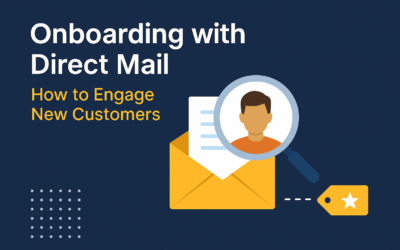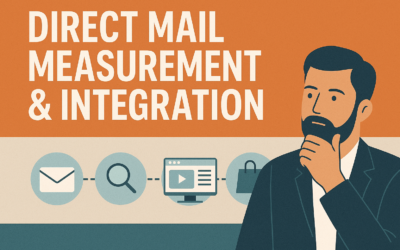When USPS launched their “Every Door Direct Mail” (EDDM) program, the uptake rate was a bit slow as people weren’t quite sure what to do with it. For those who may not be entirely familiar, EDDM allows you to do “saturation mailings” to entire carrier routes with simplified addressing. That’s postal vernacular for no addressing. The Canadian equivalent is unaddressed admail.
There are four primary advantages associated with EDDM: you don’t need a mailing permit, you don’t need a mailing list, you don’t need to address the mail (just sort and bundle it), and the postage rate is low, as in 15.7 cents each for a piece entered at the local (DDU) level. There could be some shipping cost to be able to enter the mail at the local level.
EDDM does make sense for some objectives, but not for all. Here are some rough guidelines:
Are your customers or prospects fairly geographically concentrated? If they are within a 2-3 mile radius of your location or narrowed down to a few carrier routes, EDDM might make sense.
Do your customers or prospects represent more than 50% of that geographic area?
If so, you might consider EDDM. If you mail via standard mail and can obtain 5 digit sortation discounts, there’s a good chance you can address the pieces, pay for higher postage and come out ahead. If you have to purchase a list, that could affect the economics. Here’s the math: If you pay 30 cents apiece for postage and addressing, you can mail up to half the pieces that would mail via EDDM and break even.
Could a significant number of the recipients influence the decision of others? For instance, if your target audience is households with children but grandparents or aunts and uncles could either buy or influence the purchase decision, it might make sense to use EDDM.
Would the results of the mailing be enhanced significantly by personalization? If so, you should evaluate using pieces that are individualized and addressed.
Does anyone have any different thoughts on what applications are good or not good for EDDM?



